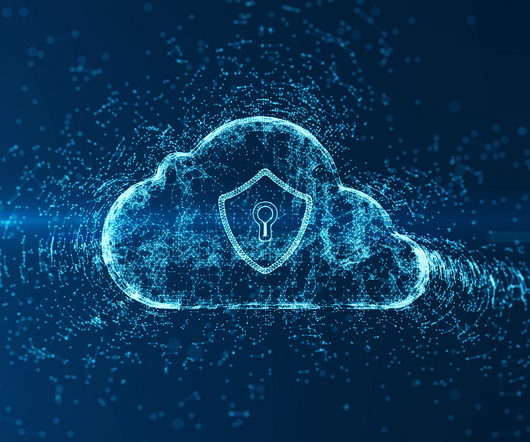CSPM vs CWPP vs CIEM vs CNAPP: What’s the Difference?
eSecurity Planet
AUGUST 4, 2023
As cloud computing evolves, so has cloud security, and buyers in the market for cloud security solutions may find themselves facing a dizzying array of acronyms, like CNAPP, CWPP, CSPM, and CIEM. Secures server workloads across a range of public cloud settings and hybrid data center architectures.












Let's personalize your content